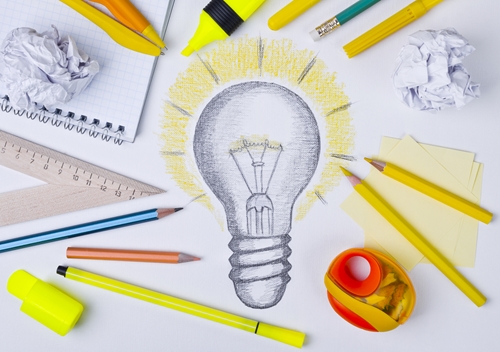The thought of improvising dance may make you nervous, but improvisation dance could be the secret to better choreography.
Just like taking a walk around the block helps clear a stressed mind, an hour of so of improv can spark creative ideas. In an interview with KQED News, Deana Criess, director of ImprovBoston’s National Touring Company, espoused the benefits of making things up as you go along. And even though her organization focuses on comedy, the inspiring power of improv is applicable across artistic and athletic disciplines.
Criess told the source that improv boosts quick thinking, helps clear away distracting thoughts that take us out of the moment and strengthens our communication skills and self-expression. Instead of constantly judging yourself for missing a step or being offbeat, improv dancing allows you to be spontaneous and tune in to your inner self.
Personal Identity
Every dancer and choreographer is different, possessing a unique set of beliefs, values, talents and dreams, and the greatest joy of dancing comes from being able to be the best version of yourself. However, it’s easy for these one-of-a-kind attributes to become a little muddled when you’re constantly doing the same dances or formulating choreography with a repetitive, static approach.
By not worrying about directions and simply letting your body move the way you want it to, you’re able to identify certain motions that particularly connect with you, DanceSpirit Magazine noted. Connecting with your own preferences also helps you to better identify the unique styles of other dancers. You can then use this inspiration to breathe new life into your choreography and craft dances that respond to people’s strengths or challenge their weaknesses to improve.
Creating a “Toolkit”
Sometimes, choreographers fall into ruts where they use the same combinations of positions and skills over and over again. Improv can help you build a collection of new movements that you can then have at your disposal to keep your choreography fresh and exciting.
An article on Backstage.com profiled Helen Pickett, a dancer who teaches classes based on innovative choreographer William Forsythe’s improvisational technique. Forsythe would break improvisation into around 30 smaller, individual movements, which he called “modalities,” the site explained. These smaller movements, like collapsing and folding, then served as building blocks to create new dances.
“It opens up avenues that allow you to expand your ideas of what you thought you body could do,” said Pickett of the Forsythe method.
New Paths
The thought of improv makes many people self-conscious, but the very act of exposing our unguarded selves to others helps improve creative thinking and problem-solving skills. You learn that taking unexpected or approaches to problems can yield beautiful solutions, and let go of fear and self-doubt. Becoming more comfortable with thinking outside the box will help you expand the scope of what you believe you can achieve through your choreography. You also learn to trust yourself and to have faith in your unconventional ideas.
Tips for Improv
The first step to productive improvisation is casting all doubt, anxiety and self-consciousness aside. Don’t worry about what others will think of you, since improv is about getting in tune with your inner thoughts and artistic expression, not about others’ perceptions of your movement.
While you can simply turn on some music and start moving, a little structure can help guide your improv dance. Human Kinetics recommended following simple rules that force you to move creatively. For example, move in a circle on the floor, but only begin steps or movements with your left foot, or, go from one corner of the room to the other starting low to the floor and ending up as high above the floor as possible by the time you make it to the other side.
Inspiration can come from anywhere, not just music, and the site also suggested picking an art object or image that speaks to you and mimicking the patterns of shapes of the piece through movement, and then repeating your motions, observing how your movement changes in its reflection of the shapes. You can also pair each movement with an emotion that the artwork provokes in you, and move through each feeling as you mimic the patterns or shapes.


